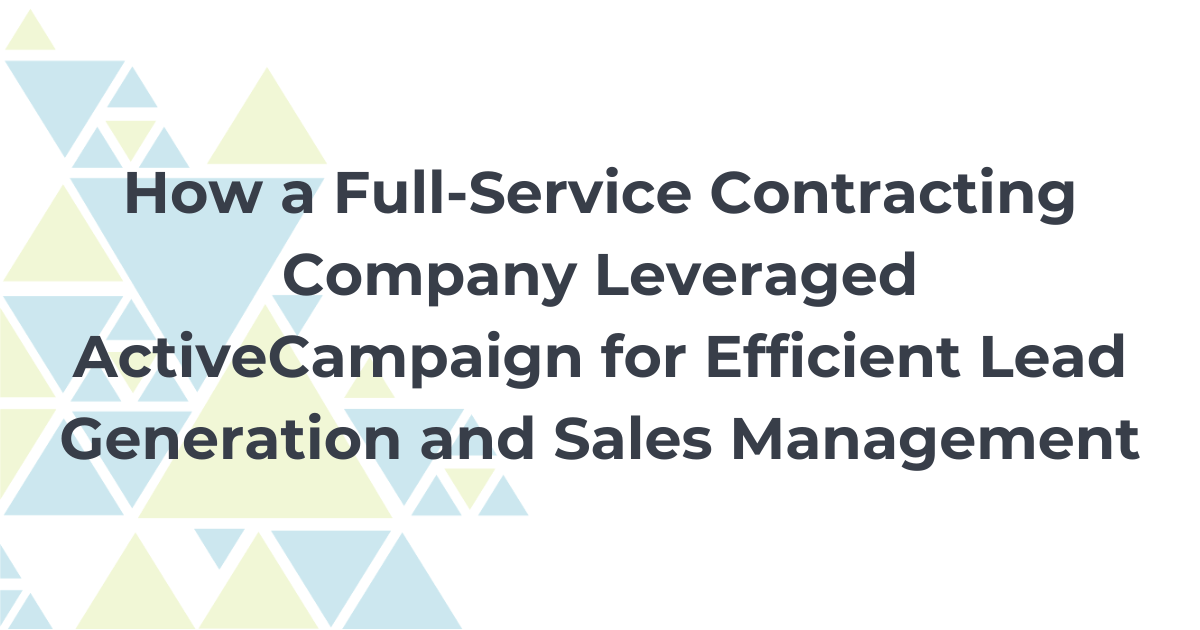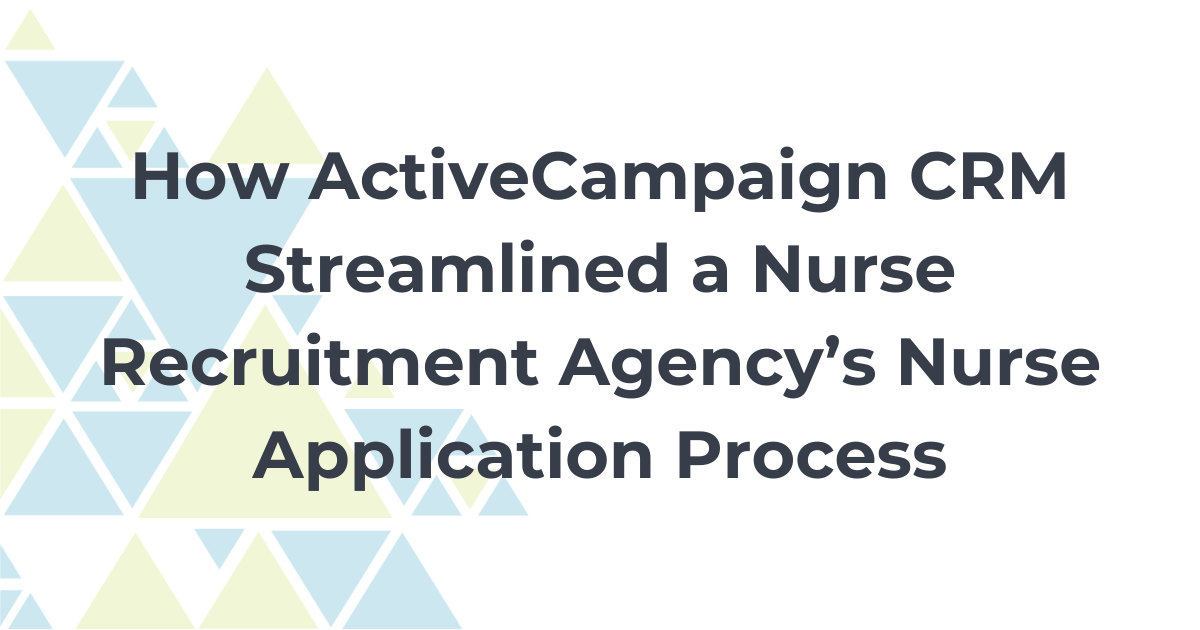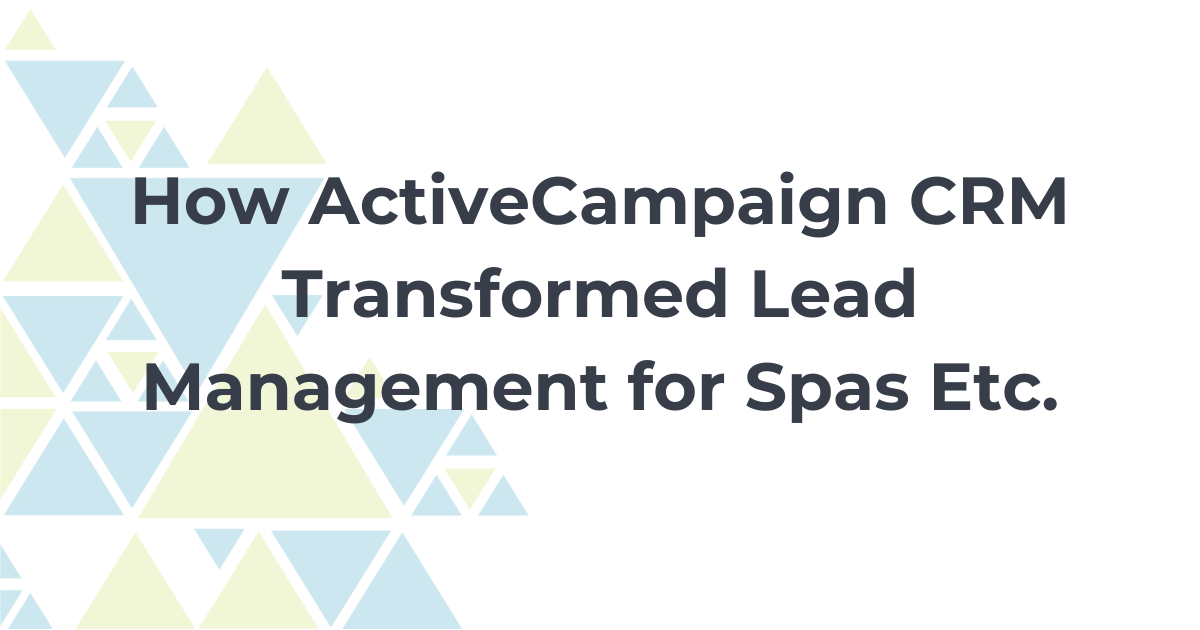Most people think of change as something that happens externally to them. But the fact is, we are constantly changing internally every day. Even small changes can have a big impact on our lives.
As a business owner, understanding the process of how change takes place will allow you to help facilitate change for your audience so that you can develop a new level of trust… ultimately impacting their buying behavior.
Psst, hint! The change that you facilitate for your audience should be built out into your customer transformation story!
Overview of the 5 Levels of Change
There are five levels of change, and they include: knowledge, skill, attitude, behavior, and habit.
Knowledge
Knowledge is the ability to obtain new information; through a source such as a book, watching a video, etc. Knowledge is a passive activity and, therefore, the easiest way to change. In fact, some people may say that we are our current society is an “information overload.” This speaks to how easy it is to get knowledge (both good and bad) with easy access to sources like the internet.
But just because something is easy doesn’t mean it’s not important. Knowledge is the foundation for change. Without it, we would be limited to our current understanding of the world and ourselves. With knowledge, we can begin to question what we believe and why we believe it. We can start to see things in new ways and explore different perspectives. And ultimately, knowledge can lead to wisdom – the ability to make sound judgments based on our understanding of the world.
As a business owner, you can help facilitate your audience’s knowledge by publishing content such as blogs, podcasts, books, etc.
Skill
Skill is the expert application of knowledge. In other words, it’s using what you know to get the job done well.
You can’t just read a book or watch a video and expect to become an expert overnight. It takes time and practice to develop true skills. However, the rewards of becoming skilled at something are more than worth the effort. When you have skills, you can work confidently and efficiently, knowing that you have the ability to get the job done right.
As a thought leader, you can support your audience to develop new skills by providing tactical “how to” content and courses to enable them to focus on new skills.
Attitude
Attitude is the driver to create successful change and takes effort along with mental willingness. As the saying goes, “when the going gets tough, the tough get going.” Your attitude is what allows you to work through the tough moments and times to further develop your new knowledge and skills.
As an entrepreneur, you can help your audience develop their attitude by aiding them to see things (ideas, concepts, theories) in a new light. This includes helping them challenge their existing ideals.
Behavior
The summation of knowledge + skill + attitude is behavior. Behavior is the consistent application of an attitude that allows for the continued practice of skill and application of knowledge.
Over time, the consistent application of knowledge, the practice of the skill, and the continuation of attitude all enable you to change behavior.
As a marketer, you can help your audience increase their behaviors by providing them with resources that allow for easy application of knowledge, skills, and attitude. For example, workflows that make it easier to execute tasks.
Habit
Habits are behaviors that are formed over time or behaviors that are repeated over and over again. Habits can be positive or negative.
When it comes to your audience, you want to help them create a habit of continually coming back to you; whether it be to gain new knowledge, learn a new skill, or even shift their attitude and behaviors.
As a change maker, by continuing to emphasize all of the areas of change, you can support your audience to develop new habits; which will continue to bring them back to you as their change-maker!
Blockers to Change and How to Support Your Audience
All change has the potential for roadblocks regardless of which stage of change a person is in.
Roadblocks may include:
- Anxiety or the fear of the future and doing things differently.
- Aloneness or the state of feeling alone and isolated during change.
- Sacrifice or the need to give something up in order to make change happen.
- Overwhelm or feeling like the change is just “too much” to manage.
How can you support your audience through these feelings that may block their ability to change?
How Can You Implement the 5 Levels of Change in Your Business?
As a thought leader, it is your responsibility to support your audience through change and, ultimately, growth.
Rather than expect change from your audience or cutting them off if they do not progress how you would expect, consider that all change takes time. The continued development of your customer journey will support your audience over that time.



